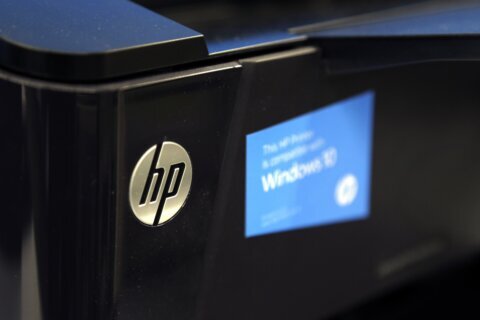WASHINGTON — The new football season might have some people considering a TV upgrade, and a leading consumers group has advice on making big-screen TV choices.
Jim Willcox, senior electronics editor at Consumer Reports, said that three factors are worth considering: viewing angle, sound and motion blur.
“Some TVs look great if you look at it head on … but if you have a lot of people over for the game and people are viewing from an angle, it doesn’t look quite as good,” Willcox said.
He added that football is an exciting, visceral sport, and sound is an important element. If the TV can’t deliver on that, Consumer Reports suggests you consider getting a sound bar or an external speaker system.
As for motion blur, most TVs refresh the image 60 times every second — that’s called a 60 hertz refresh rate. TVs with a 120 hertz refresh rates do a better job displaying motion.
Willcox warns that some manufacturers have begun to play with those numbers, calling the effect a motion rate or an effective refresh rate. “So, you need to look for the ‘native’ refresh rate of that TV,” Willcox said.
Rankings by Consumer Reports evaluate TV refresh rates, sound and viewing angle separately. Their top recommendations focus on three price points:
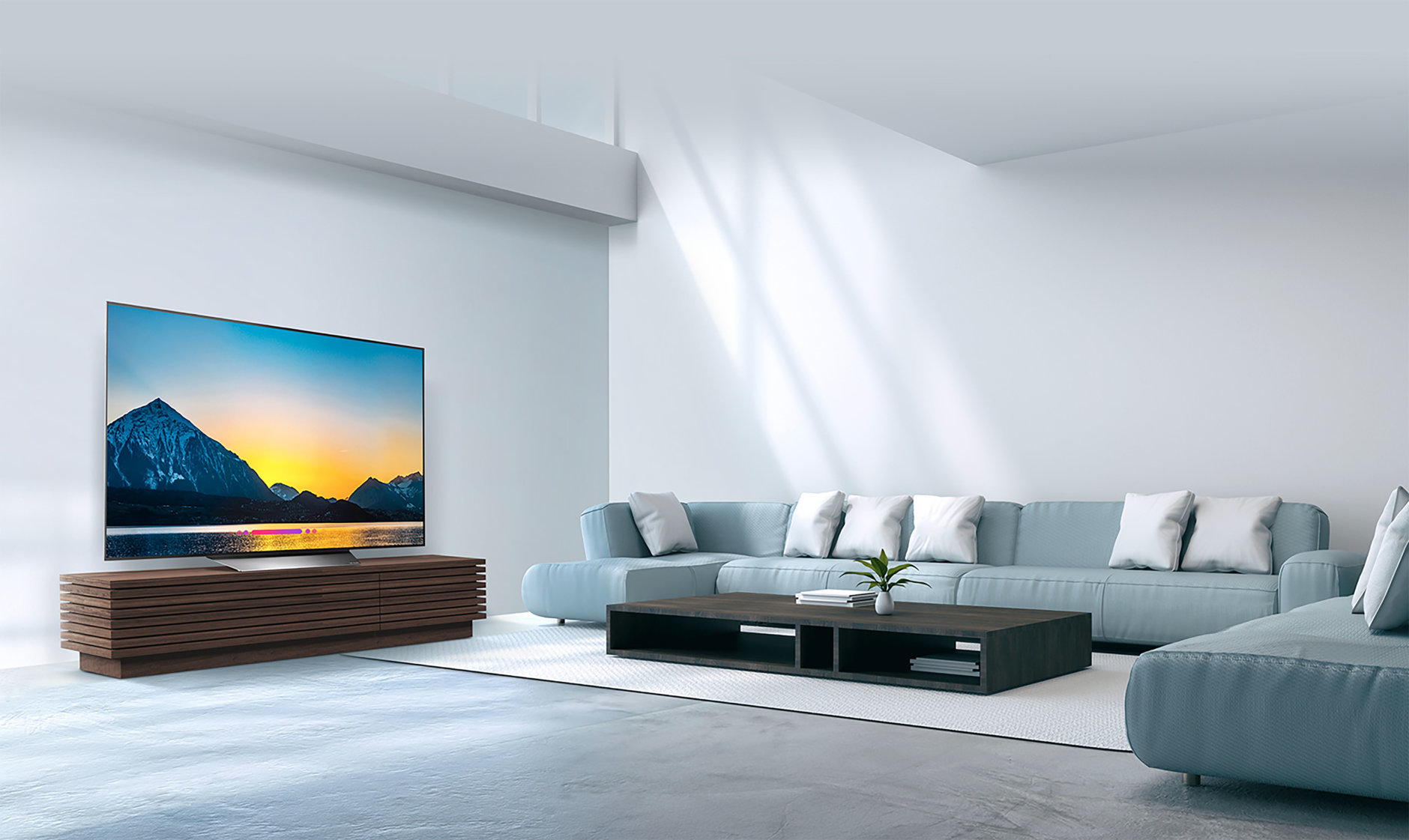
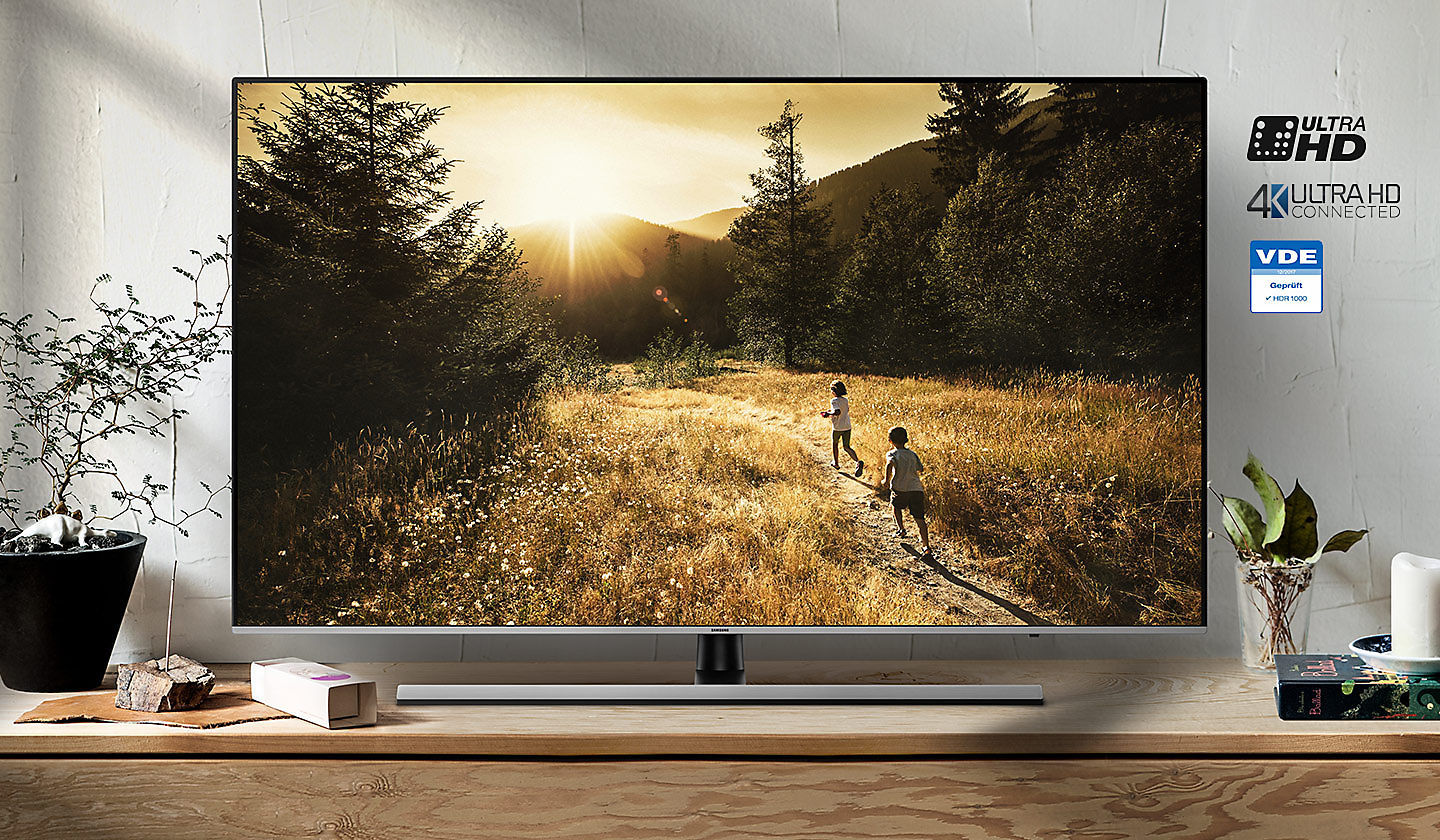
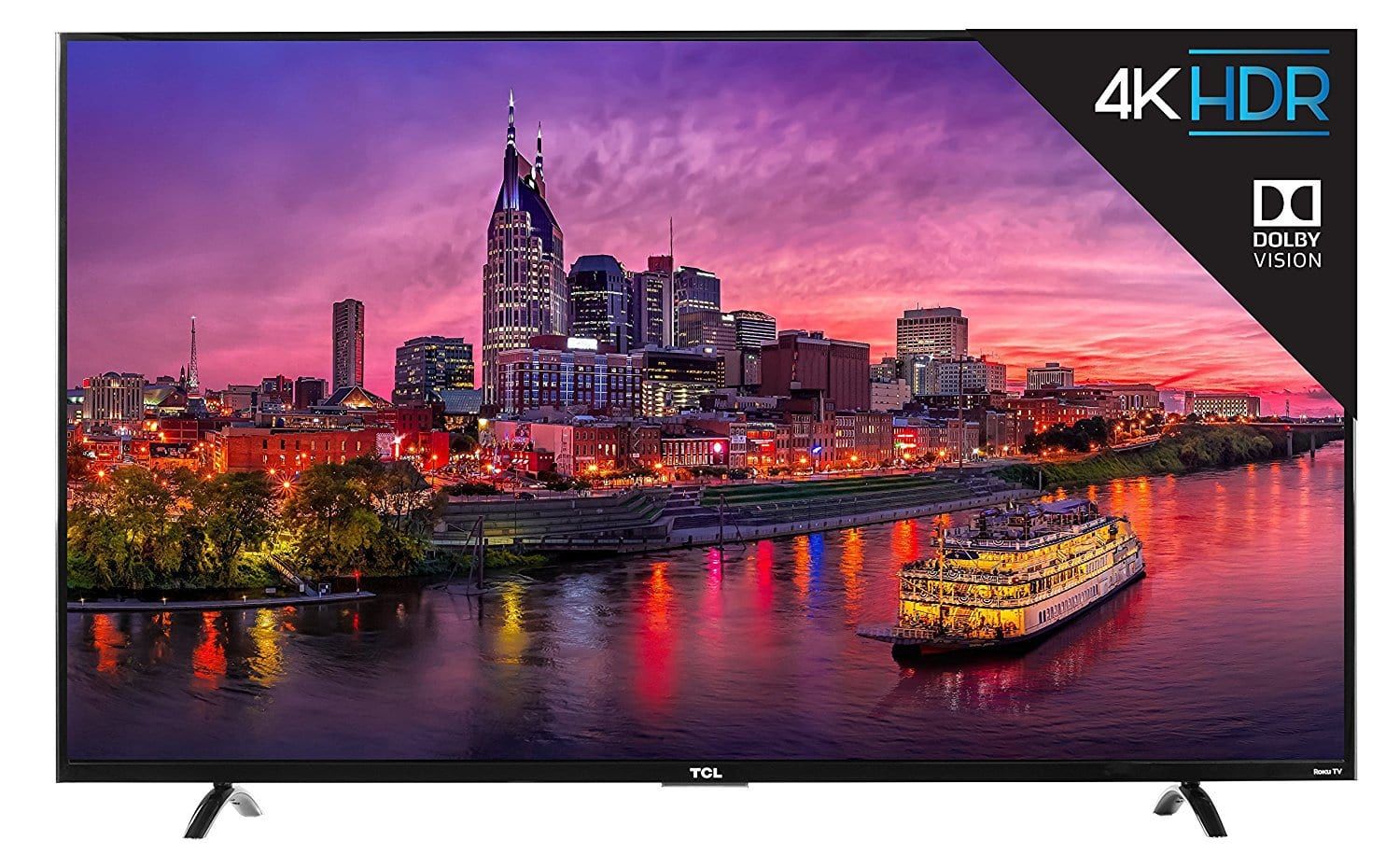
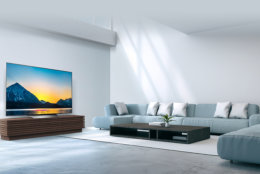
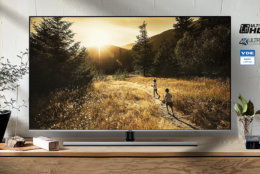

Most 55- and 65-inch TVs now come in 4K. That higher resolution means you can have bigger screens in smaller rooms without losing image quality.
“You can throw away those old formulas that you used to have to use to determine how far away you should be sitting from a certain TV screen size,” Willcox said.
But the full experience of the superior 4K picture only can be grasped when content is provided in 4K, which Willcox said more companies are beginning to do.
Netflix and Amazon are shooting all their original content productions in 4K. Some NCAA games are broadcast in 4K on Direct TV, the sports-centric streaming service
Fubo TV is just starting to do beta testing of 4K.
“It’s clearly the future,” Willcox said. “And by buying a 4K TV, you’re really preparing yourself for that 4K future, when more content is available.”


